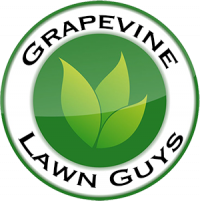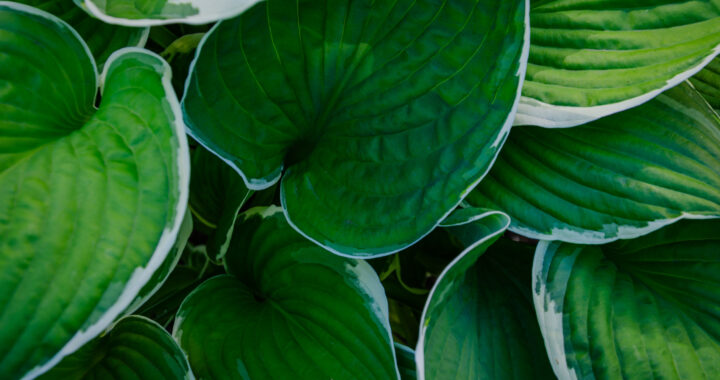Do you have a garden spot that’s always a little damp and rarely sees the sun? While many plants would struggle in these conditions, a select group of stunning perennials not only tolerate wet, shady areas but truly thrive in them. Instead of fighting nature, you can embrace these conditions to create a lush, tranquil oasis that looks beautiful year after year.
Transforming a problematic wet shade area into a garden highlight is easier than you think. Here are some of the best plants to bring color, texture, and life to those challenging spots.
1. Astilbe
Often called false spirea, Astilbe is a superstar for shade. It produces beautiful, feathery plumes of flowers in shades of pink, red, purple, or white in mid-summer. Its fern-like foliage remains attractive even when the plant is not in bloom. Astilbe loves consistently moist, rich soil.
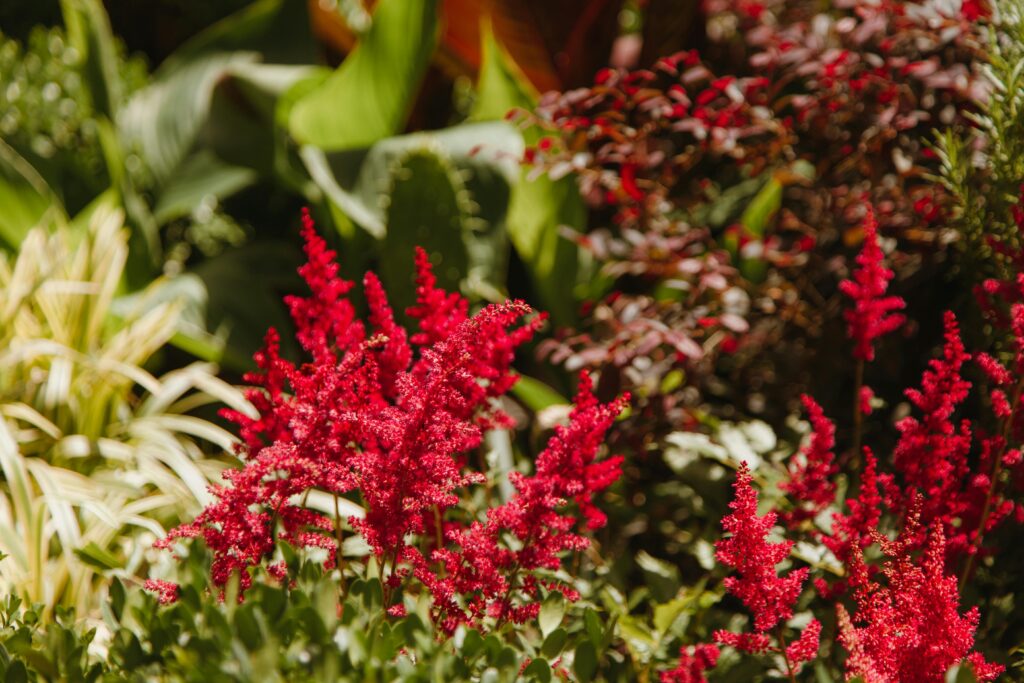
2. Hostas
A classic shade gardener’s favorite, hostas are renowned for their stunning foliage, which comes in a vast array of sizes, colors, and patterns. From giant blue-green leaves to small, lime-green and white variegated types, there’s a hosta for every wet shade garden. They are incredibly tough and reliable.
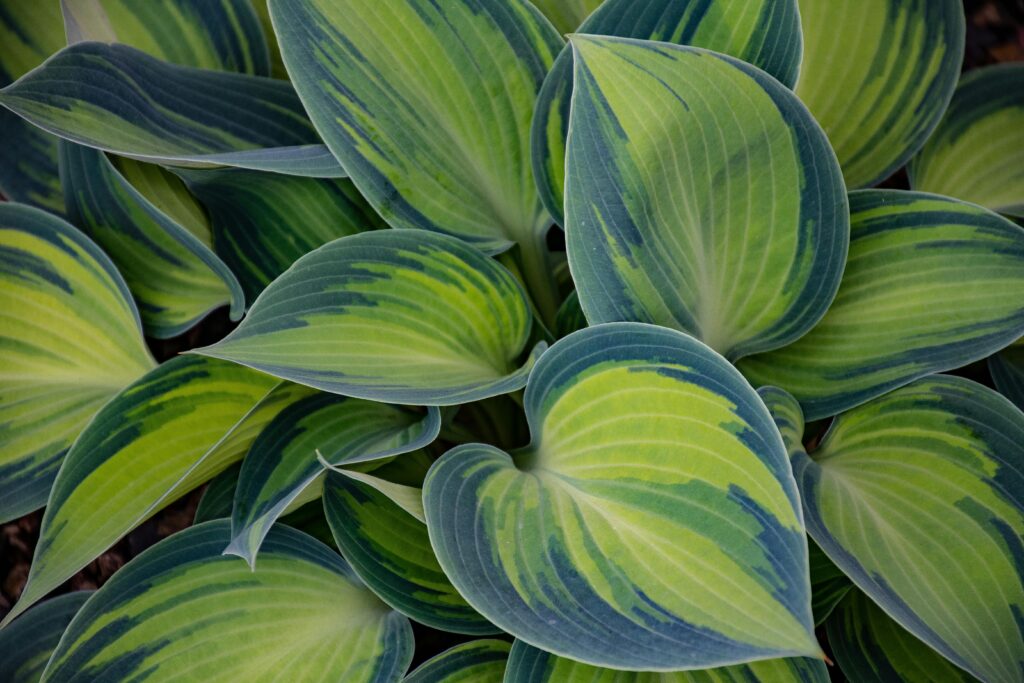
3. Ligularia
If you want to make a dramatic statement, Ligularia is the plant for you. It features large, rounded or deeply serrated leaves and sends up striking spikes or clusters of bright yellow or orange flowers in the summer. It thrives in cool, moist soil and will wilt dramatically if it gets too dry, so it’s perfect for your wet spot.
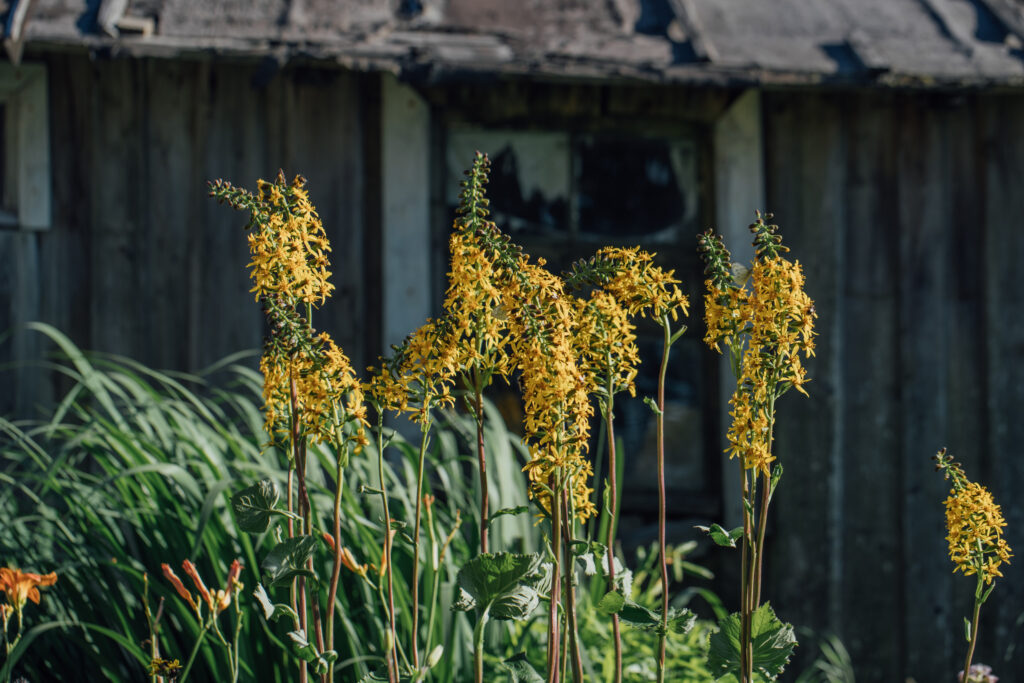
4. Cardinal Flower
This native North American perennial is a magnet for hummingbirds. It produces breathtaking spikes of intense red flowers (and sometimes white or rose-colored) in late summer. Cardinal Flower naturally grows along stream banks and in woodland marshes, making it perfectly suited for wet, partially shady areas.
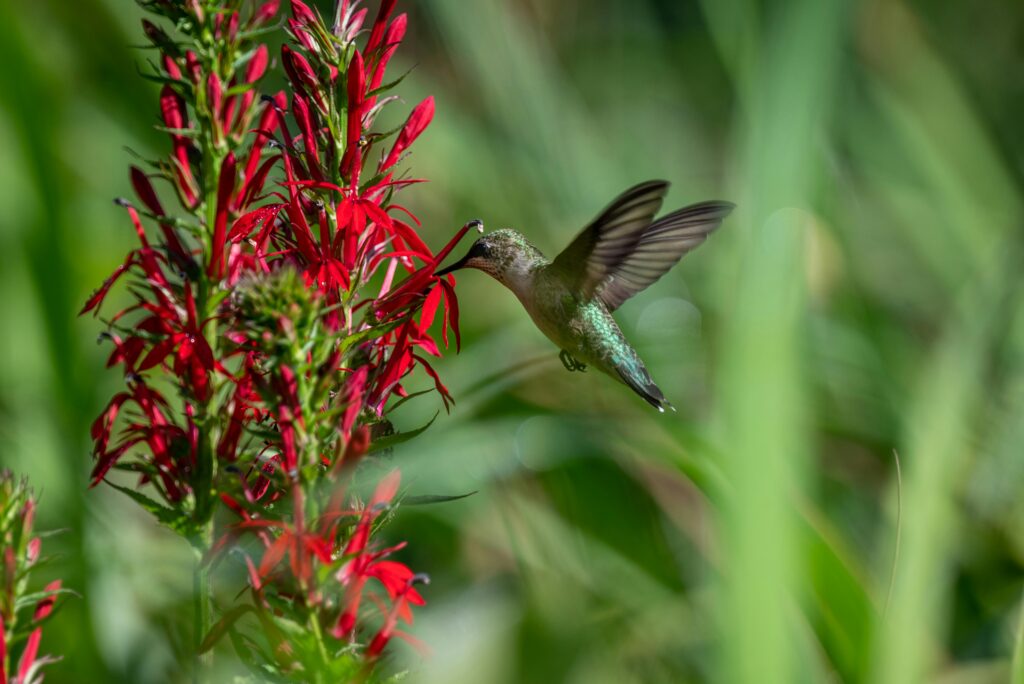
5. Ferns
No shade garden is complete without ferns. Many varieties adore moist soil. The Ostrich Fern (Matteuccia struthiopteris) creates beautiful, tall fiddleheads that unfurl into majestic feathery fronds. The Japanese Painted Fern (Athyrium niponicum) offers stunning silvery-gray and burgundy foliage that adds a splash of color without flowers.
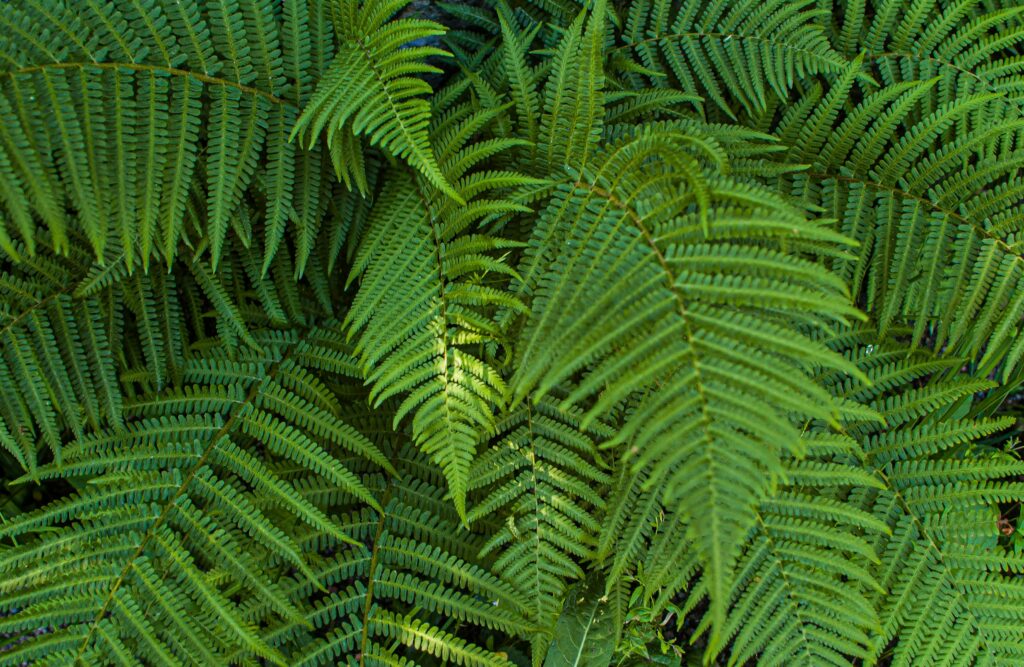
6. Turtlehead
Named for its unique pink or white flowers that resemble a turtle’s head, this native plant blooms in late summer to early fall, providing a vital late-season nectar source for pollinators. It’s a tough, clump-forming perennial that thrives in wet soil and partial to full shade.
Caring for Your Shade Garden
While these plants love moisture, it’s still crucial to ensure they are established properly. Even moisture-loving plants need good drainage to prevent root rot; “wet soil” should not mean “waterlogged.” For tips on establishing plants with the right watering techniques, check out this guide on the proper ways to water plants to ensure your new garden gets the best start.
Plant Selection Chart for Wet Soil & Shade
This chart provides a quick overview of the recommended plants, their key features, and ideal conditions to help you plan your garden.
| Plant Name | Light Requirements | Bloom Time / Color | Height Range | Special Features |
|---|---|---|---|---|
| Astilbe | Partial to Full Shade | Early to Mid-Summer (Pink, Red, White, Purple) | 1 – 3 ft | Feathery plumes; fern-like foliage |
| Hosta | Partial to Full Shade | Summer (Lavender, White) – Grown for foliage | 0.5 – 3 ft | Diverse foliage colors & patterns; very low maintenance |
| Ligularia | Partial Shade | Mid-Summer (Bright Yellow) | 3 – 5 ft | Large, dramatic leaves; bold flower spikes |
| Cardinal Flower | Partial Shade to Sun | Late Summer (Vibrant Red) | 2 – 4 ft | Attracts hummingbirds; native plant |
| Ostrich Fern | Partial to Full Shade | Non-flowering (Grown for foliage) | 3 – 5 ft | Tall, graceful fronds; spreads to form colonies |
| Turtlehead | Partial to Full Shade | Late Summer to Fall (Pink, White) | 2 – 3 ft | Unique flower shape; native; late-season interest |
How to Use This Chart:
-
Assess Your Space: Determine how much shade your area gets (e.g., dappled light all day = partial shade, no direct sun = full shade) and how damp the soil remains.
-
Choose for Interest: Mix and match plants with different bloom times, heights, and leaf textures to create a garden that looks interesting from spring to fall.
-
Plan for Size: Place taller plants like Ligularia and Ostrich Ferns toward the back of a border, with medium and shorter plants in front.
Ready to Transform Your Landscape?
Identifying the right plants is the first step. Properly installing them in a designed layout is what transforms a damp, shady area from a problem into your garden’s best feature. If you’re in the Grapevine area and ready to create a beautiful, low-maintenance shade garden, our expert team can help.
Let us handle the hard work for you! Contact us today for a consultation on our professional landscape design and installation services and turn that challenging spot into your favorite retreat.
